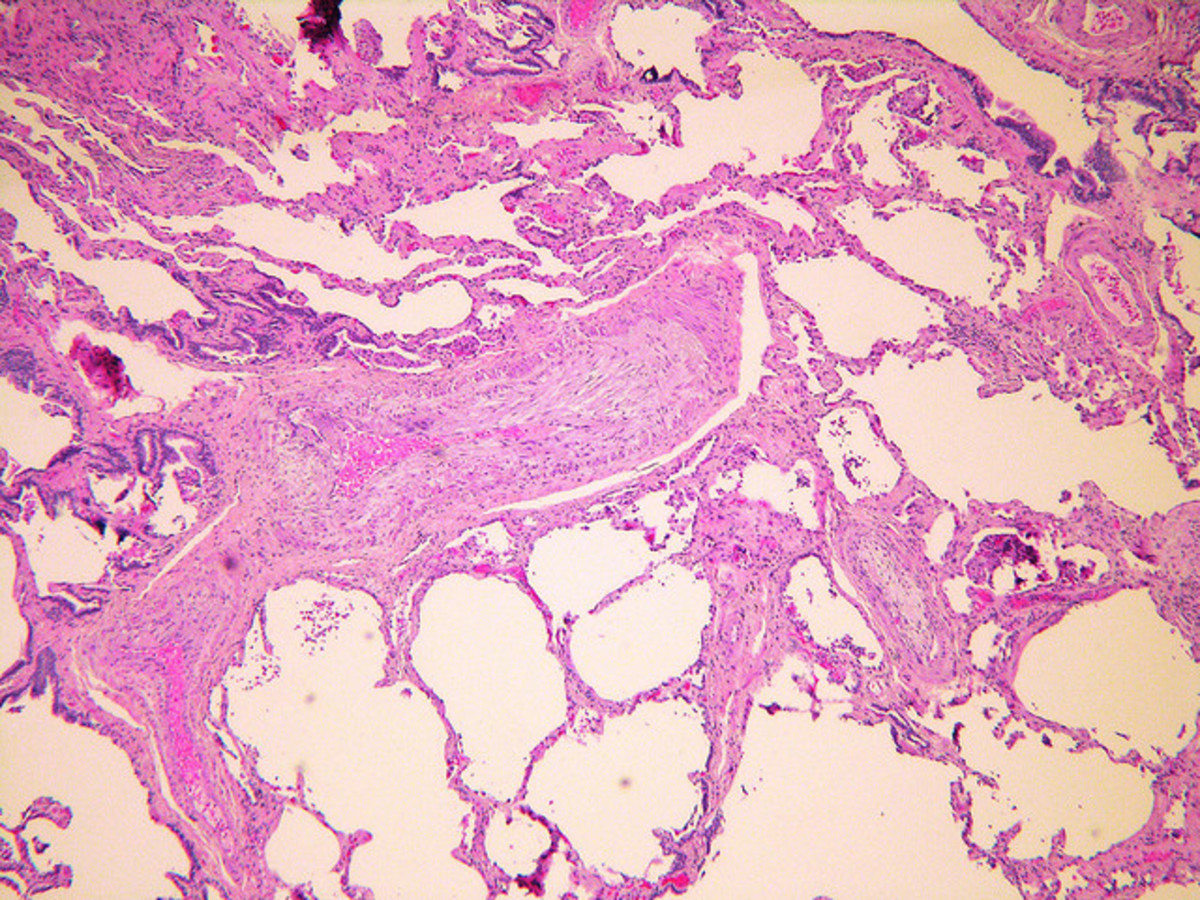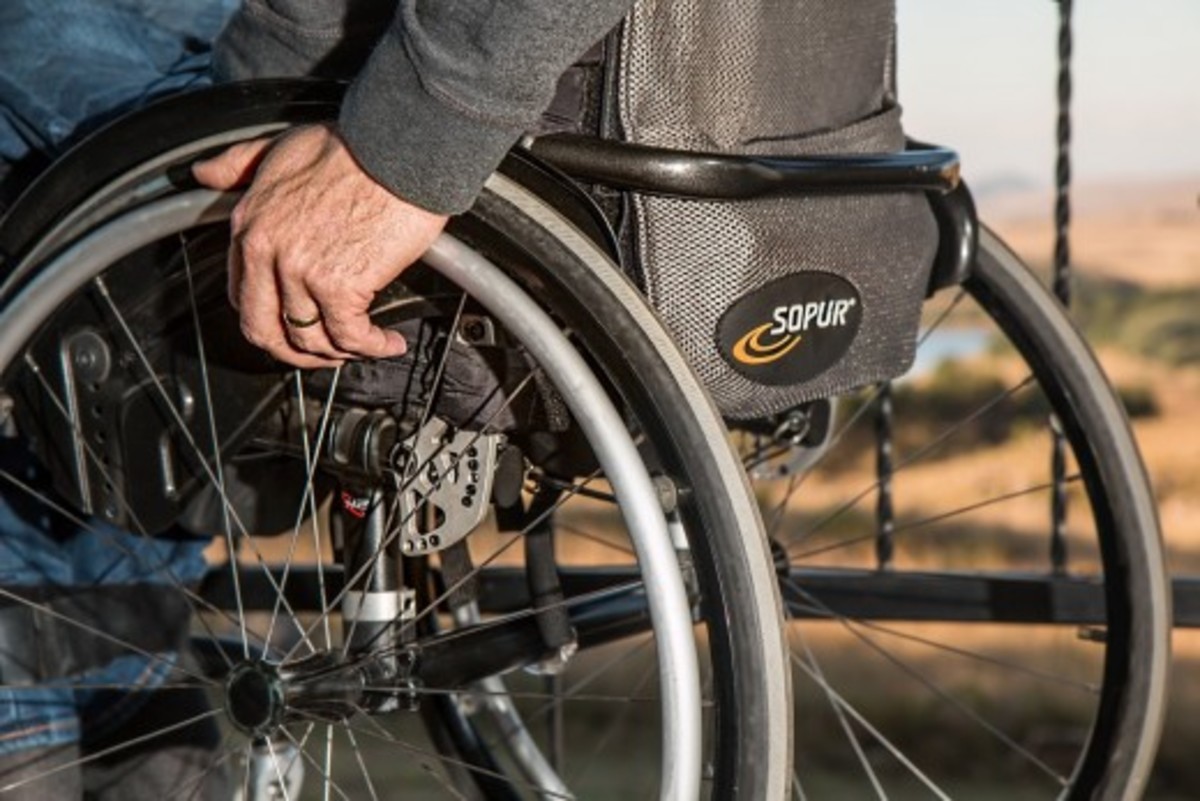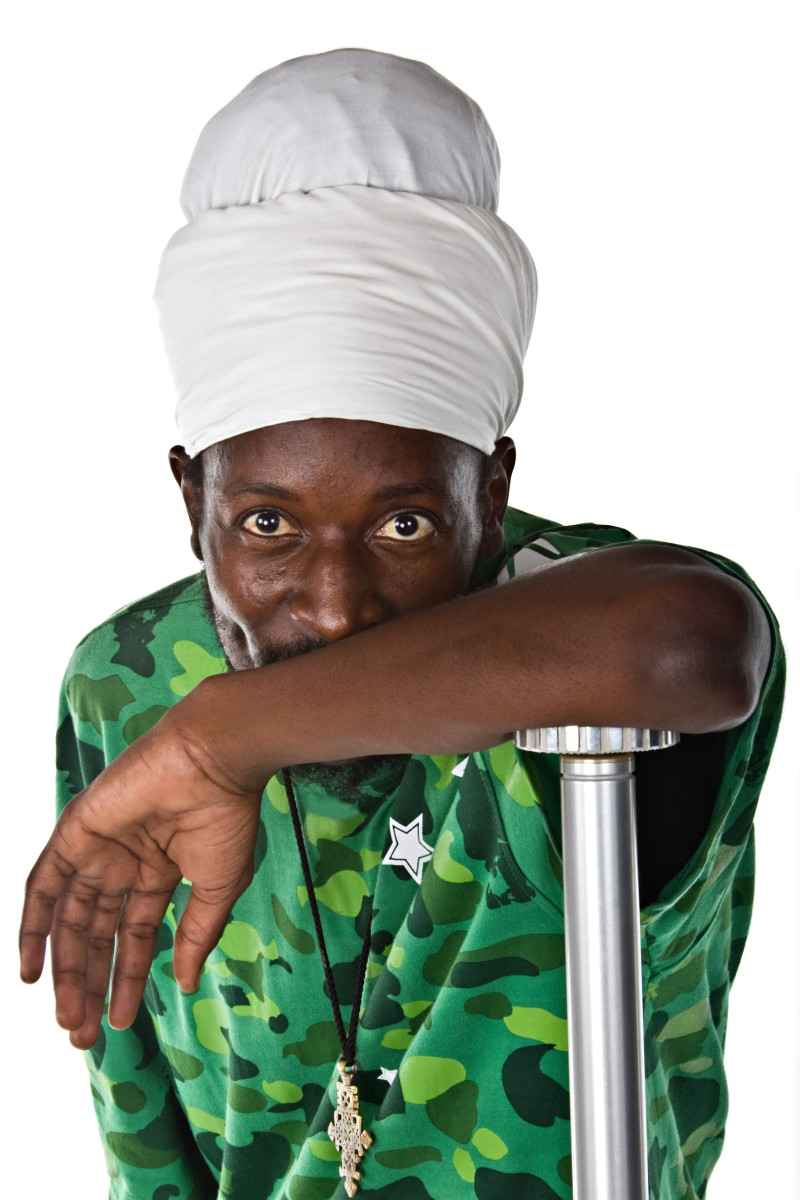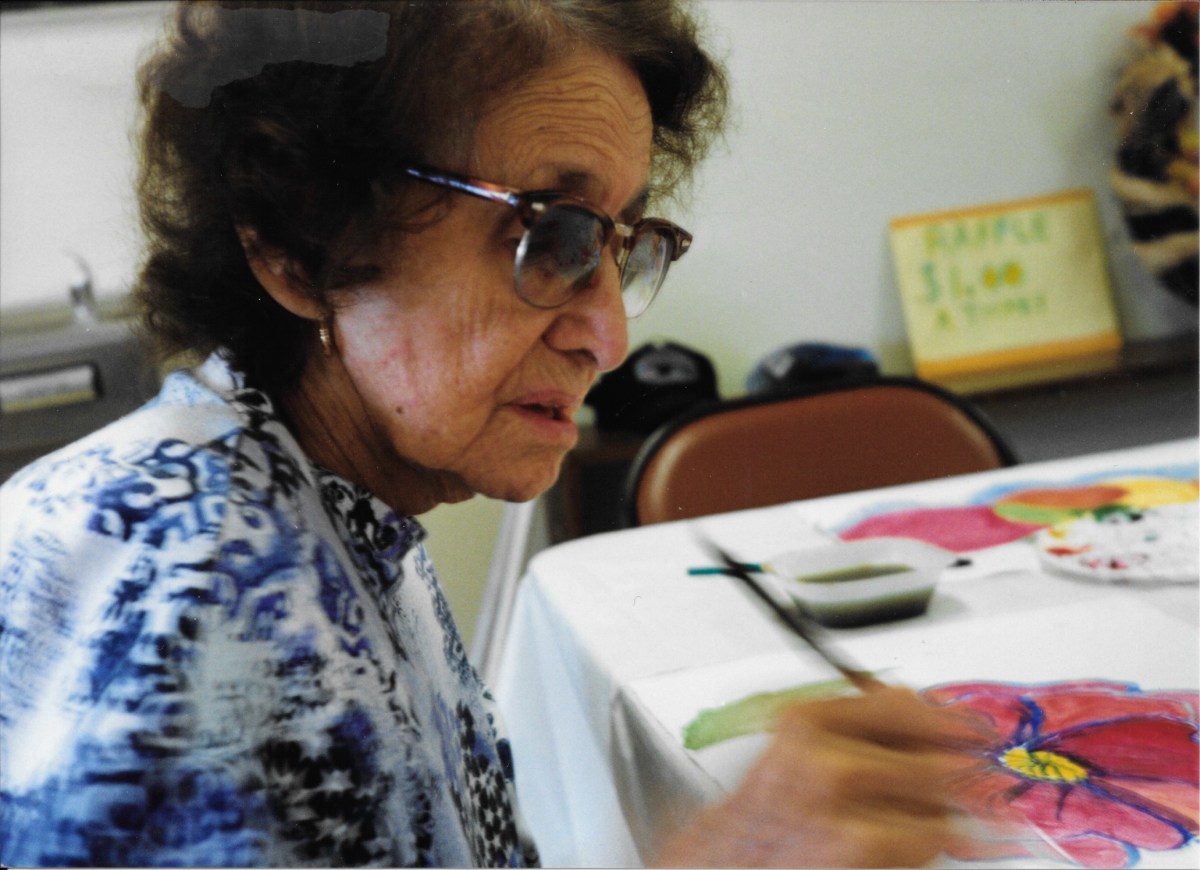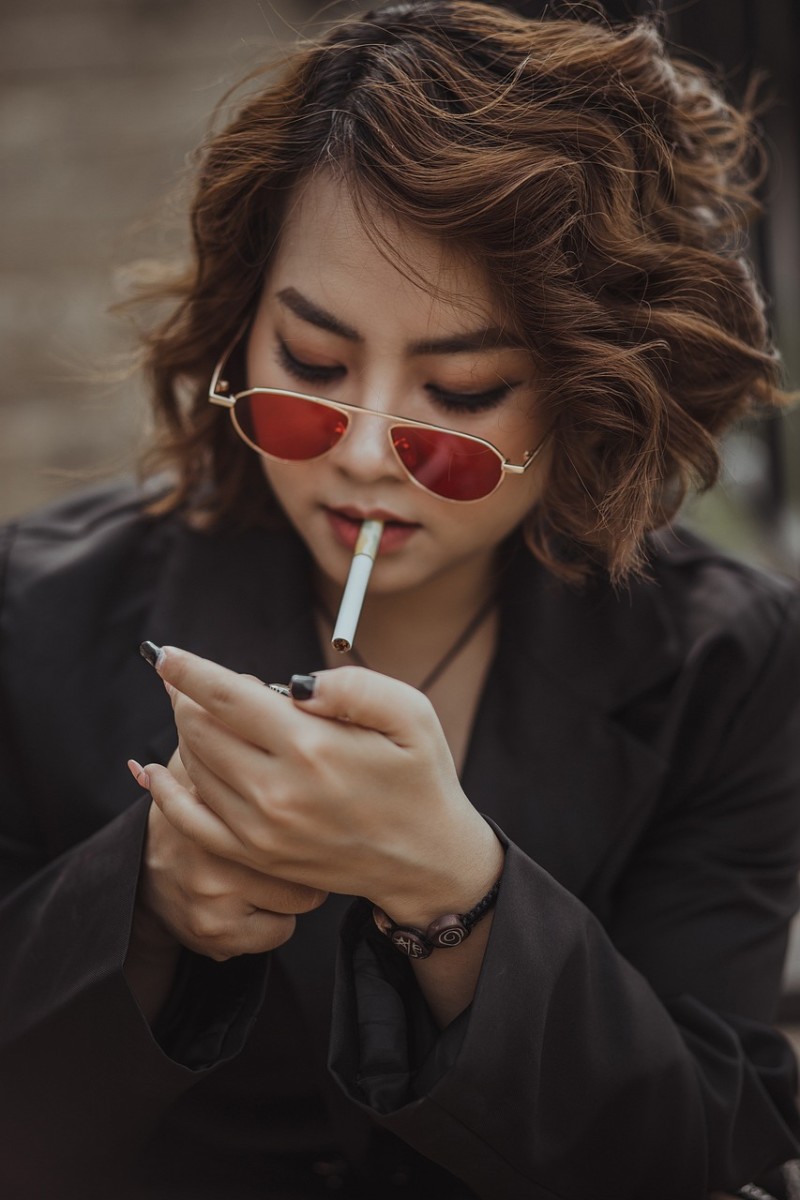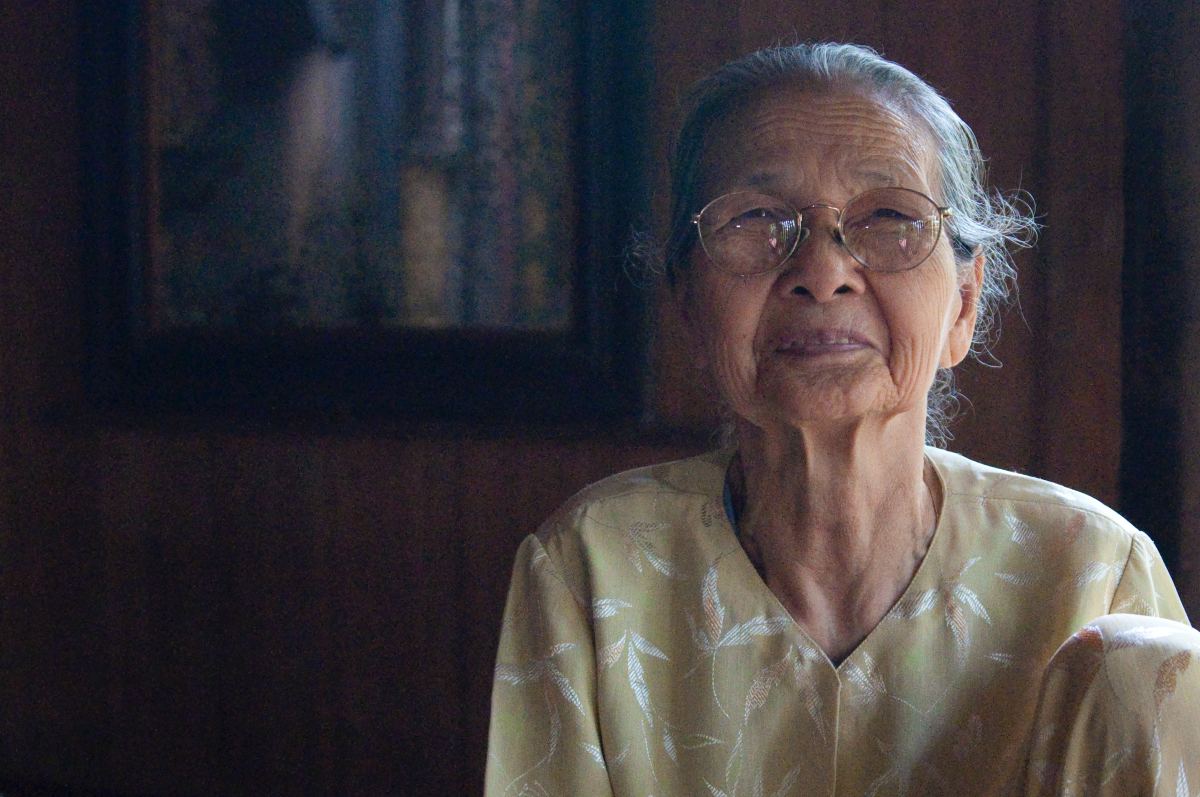Massage Speeds Stroke Recovery!
Massage increases independence after stroke.
Strokes are very scary; they can completely change your quality of life, as well as the lives of the people closest to you.
But until it happens, and even in the days and weeks just after a stroke, how each patient will be affected and how they recover are a mystery.
Don't panic or give in to feelings of hopelessness and helplessness, plan for the fullest possible recovery.
Massage is an important part of that plan. Massage and other touch therapies help not just in treating pain and muscle stiffness but also with anxiety, stress and most importantly in the treatment of the muscle contractions that are the leading contributor to disability post stroke.
If you or someone you love has had a stroke and has lost mobility due to pain and the constant contractions known as Spasticity in the muscles of the arms or legs, you are not alone. 62,000 Canadians will have a stroke this year, and it is the leading cause of disability in adults.
Although 80% of stroke patients will survive and 2 out of every three will return home - up to 40% will experience this stiffness, tightness, and pain in joints and muscles throughout the body, and only 16% of patients will get into rehab right away.
Upper body stiffness could be a hand that cannot be unclenched from a fist or lower body stiffness like a stiff knee or painfully pointed foot that interferes with mobility or causes falls. For almost all who suffer from spasticity, their daily activities will be limited.
“Spasticity can be a huge burden for patients and caregivers,” says Dr. Rajiv Reebye, a physical medicine and rehabilitation specialist as well as Clinical Associate Professor in the Department of Medicine at the University of British Columbia. “The stiffness and limited range of motion of their affected limbs can interfere with their activities of daily living, including dressing, bathing, transfers from bed to chair and overall mobility.”
Spasticity can appear very soon after a stroke and can worsen quickly if not treated, progressing within six months to contracture which is a permanent shortening of a muscle or joint that results in total joint immobilization as well as being very painful which also affecting stress levels, sleep, anxiety and overall quality of life.
Fortunately, many people can avoid this outcome by promptly taking measures such as physio, acupuncture, and massage to boost the bodies healing abilities.
When basic tasks like feeding yourself, putting on your socks or even going to the bathroom are impossible to do without help. This not only affects the mood and quality of life of the patient but also puts incredible pressure on the people who love them, often an aging spouse that could also have health issues.
According to Katharina Stibrant Sunnerhagen from Department of Rehabilitation Medicine, Institute of Neuroscience and Physiology, University of Gothenburg, Gothenburg, Sweden the early recognition of spasticity, and immediate treatment is very important, treatments that begin early after stroke have a higher level of success, and have shown to decrease the likelihood of debilitating and lingering symptoms.
Several studies are showing the positive effects of touch therapies on stroke recovery, and relieving both the pain and the disability caused by spasticity. Making a better quality of life achievable both through the reduced pain and discomfort and also through increased mobility, flexibility, and balance.
The therapist using long slow and deep strokes, will work the muscle with compression, stretching and massage and about 80% of stroke patients will find their pain decreases by at least one level immediately, and about 67% fewer patients suffered debilitating pain and contractions in the months and years after the stroke versus stroke patients that did not receive touch therapy directly following their stroke.
Getting a massage or other touch therapy by a qualified therapist as soon as the Dr. gives the ok, could be vital in retaining and regaining the ability to do simple tasks of daily living, thereby keeping independence.
In a study of Improvement of sensorimotor functions in old age by passive sensory stimulation.Kalisch T, Tegenthoff M, Dinse HRClin Interv Aging. 2008; massage was also shown to increase the fine motor skills of patients further indicating that a greater recovery and quality of life can be achieved by integrating massage into the treatment of post-stroke patients.
These fine motor skills can contribute to being able to cook, dress, and do other daily tasks without help from another person. That is certainly an improvement in quality of life.
Hand with debilitating contractions
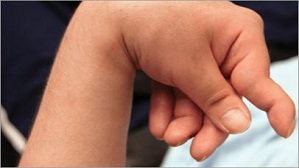
Are you looking for better quality of life after Stroke?
A massage is a valuable tool in treating contractions, pain, anxiety, and stress after a stroke, helping you achieve a higher quality of life. And it feels great too! A real win/win.
Giving you the best possible quality of life.
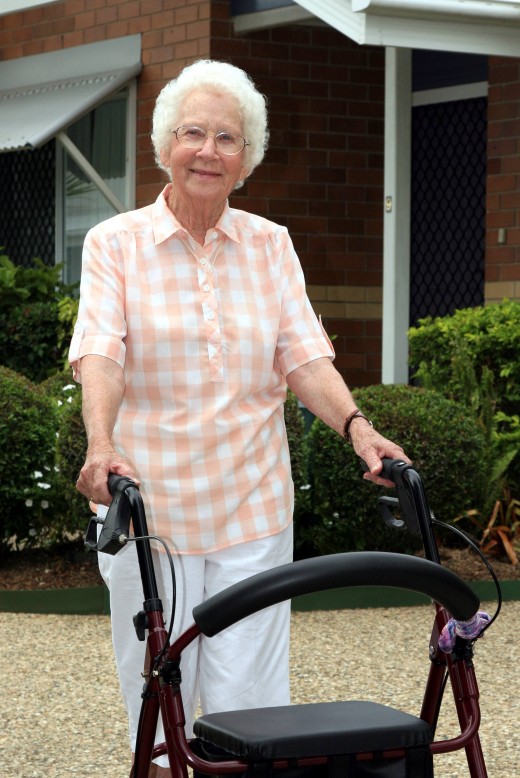
recovery
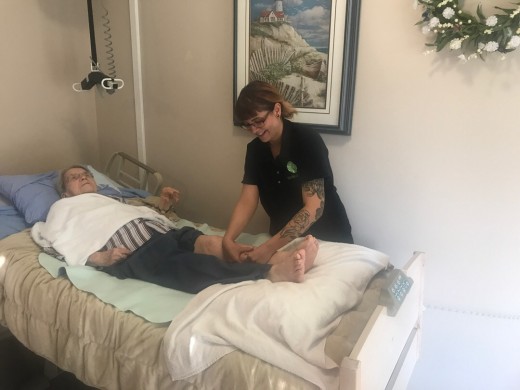
7 Tips on getting a massage after a stroke
- Check with your Dr. to get permission, especially while still in hospital.
- Ask if your therapist is licensed, you want someone that knows what they are doing.
- Let the therapist know on the phone about the stroke and any lingering symptoms.
- Don't feel like you will have to climb onto a massage table if that makes you uneasy, most therapists can and will adapt to an easy chair or a hospital bed
- Get into a program as quickly as possible, get problems under control and keep them that way.
- Go on a regular schedule, depending on levels of symptoms you might want to schedule 2 sessions a week for 1/2 an hour, or one session every couple of weeks might be just fine for you. Talk to your therapist and ask for recommendations.
- Find a therapist that makes you feel good. Massage also has positive effects on hormones that control sleep and mood, in order to get the full benefits of the treatment, feeling good is important.
© 2018 Jill Burk

